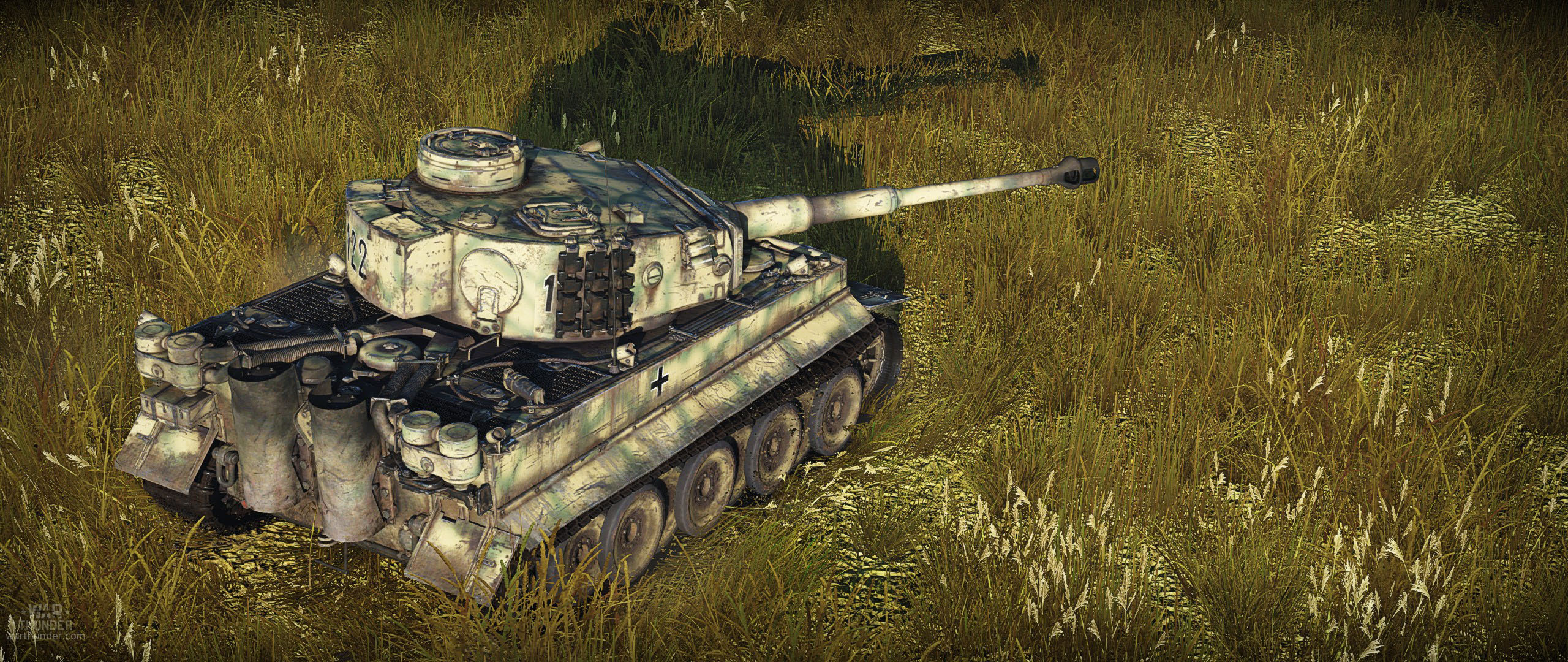
- For PC
- For MAC
- For Linux
- OS: Windows 10 (64 bit)
- Processor: Dual-Core 2.2 GHz
- Memory: 4GB
- Video Card: DirectX 11 level video card: AMD Radeon 77XX / NVIDIA GeForce GTX 660. The minimum supported resolution for the game is 720p.
- Network: Broadband Internet connection
- Hard Drive: 23.1 GB (Minimal client)
- OS: Windows 10/11 (64 bit)
- Processor: Intel Core i5 or Ryzen 5 3600 and better
- Memory: 16 GB and more
- Video Card: DirectX 11 level video card or higher and drivers: Nvidia GeForce 1060 and higher, Radeon RX 570 and higher
- Network: Broadband Internet connection
- Hard Drive: 75.9 GB (Full client)
- OS: Mac OS Big Sur 11.0 or newer
- Processor: Core i5, minimum 2.2GHz (Intel Xeon is not supported)
- Memory: 6 GB
- Video Card: Intel Iris Pro 5200 (Mac), or analog from AMD/Nvidia for Mac. Minimum supported resolution for the game is 720p with Metal support.
- Network: Broadband Internet connection
- Hard Drive: 22.1 GB (Minimal client)
- OS: Mac OS Big Sur 11.0 or newer
- Processor: Core i7 (Intel Xeon is not supported)
- Memory: 8 GB
- Video Card: Radeon Vega II or higher with Metal support.
- Network: Broadband Internet connection
- Hard Drive: 62.2 GB (Full client)
- OS: Most modern 64bit Linux distributions
- Processor: Dual-Core 2.4 GHz
- Memory: 4 GB
- Video Card: NVIDIA 660 with latest proprietary drivers (not older than 6 months) / similar AMD with latest proprietary drivers (not older than 6 months; the minimum supported resolution for the game is 720p) with Vulkan support.
- Network: Broadband Internet connection
- Hard Drive: 22.1 GB (Minimal client)
- OS: Ubuntu 20.04 64bit
- Processor: Intel Core i7
- Memory: 16 GB
- Video Card: NVIDIA 1060 with latest proprietary drivers (not older than 6 months) / similar AMD (Radeon RX 570) with latest proprietary drivers (not older than 6 months) with Vulkan support.
- Network: Broadband Internet connection
- Hard Drive: 62.2 GB (Full client)

'Tiger 122 of the 503rd Heavy Tank Battalion' camouflage by JoKeR_BvB09 | download here
In May 1942, 503. Schwere Panzerabteilung, or the 503rd Heavy Tank Battalion, was formed at Neuruppin in Brandenburg, Germany. As the German army’s third heavy tank battalion, it was planned to be equipped with the Porsche produced Tiger tank, with the intention to deploy to North Africa to assist the 501st Heavy Tank Battalion. However, after the cancellation of Porsche’s heavy tank the unit was delayed whilst waiting for Henschel Tigers to accompany its Panzer IIIs, and instead was sent to the Eastern Front.
,_Munition.jpg) |
| Tiger I of 503rd while rearming, prior to Operation Citadel |
Initially assigned to Army Group Don, 503 deployed to the Eastern Front between December 1942 and May 1944. The unit first saw action in January 1943, where it was involved in bitter fighting against Soviet forces in the vicinity of Stavropol. The battalion then fought at the Third Battle of Kharkov, one of the last great German victories on the Eastern Front. However, these fortunes were soon reversed when 503 were assigned the task of providing support to Army Group Kempf during Operation Citadel – the Battle of Kursk. The unit’s Tiger’s performed well against Soviet armour but the climactic battle resulted in a significant defeat for German forces.
Following Kursk, the battalion was used as a ‘fire brigade’ – quickly deploying to weak areas along the German line to plug gaps against Soviet forces before rapidly moving to the next area they were needed. In January 1944, 503 joined Schwere Panzerregiment Bäke with the intention of leading a German offensive to assist forces trapped in the Korsun Pocket. 503’s 34 Tigers provided a vital component to the force, although one was lost to friendly fire.
.jpg) |
| Tiger II with Porsche turret, France, July 1944 |
May 1944 saw the unit finally withdrawn to Germany for a brief respite from the fighting and a chance to re-equip. By the end of June, the battalion was now up to strength with two companies of Tiger 1E heavy tanks, and a company of the new, dreaded King Tiger – in this case fitted with the early Porsche designed turret. With the allied landing at Normandy on June 6th, 503 was immediately rushed westwards to face the new threat and arrived in theatre in early July.
First seeing action against the western allies on July 11th, the veterans of the Eastern Front quickly proved their worth by destroying 12 Shermans and capturing two more on their first day of fighting against British and Canadian forces near Caen. However, with the launch of Operation Goodwood on July 18th, 503’s 3rd Company was all but completely destroyed by British bombing, with only one Tiger still operational by the end of the day. On the same day a Kingtiger of the 1st Company was disabled and the crew captured when it was rammed by a Sherman of the Irish Guards. The 2nd Company was able to engage British forces, however, and was one of the main contributing factors to halting the entire British advance in the area. Meanwhile, the 1st Company was also in action but lost two Kingtigers against the British. The final action in the Normandy campaign took place on August 11th when two Tigers stood against 30 allied tanks, destroying three before they were overwhelmed.
.jpg) |
| Several Tiger II with Henschel turret of s.Pz.Abt. 503 |
After being re-equipped as a full KIngtiger unit, the battalion spent its final days fighting against the Soviet advance through Hungary. Despite initial successes the unit suffered heavy casualties, not only in combat but also due to the technical and mechanical issues which continued to plague the Kingtiger throughout its service life.
The unit has been credited with the destruction of some 1700 enemy vehicles for the loss of 252 tanks. However, this kill to loss ratio of some 15:1 has been questioned by some post war analogists and historians. What is clear from German records is that whilst the legendary heavy tanks performed well in battle, it was the issues outside of combat which proved to be their undoing; 503 lost more tanks to breakdown and abandonment by their own crews than to enemy action. Many of Germany’s very best tank crews served within the ranks of 503, amongst them was Kurt Knispel – possibly the greatest tank commander of all.
With a future update, we will include the decal of the s.Pz.Abt. 503 in War Thunder

Decal by Branislav 'InkaL' Mirkov
About The Author
 |
Mark Barber, War Thunder Historical Consultant Mark Barber is a pilot in the British Royal Navy's Fleet Air Arm. His first book was published by Osprey Publishing in 2008; subsequently, he has written several more titles for Osprey and has also published articles for several magazines, including the UK's top selling aviation magazine 'FlyPast'. His main areas of interest are British Naval Aviation in the First and Second World Wars and RAF Fighter Command in the Second World War. He currently works with Gaijin Entertainment as a Historical Consultant, helping to run the Historical Section of the War Thunder forums and heading up the Ace of the Month series. |



